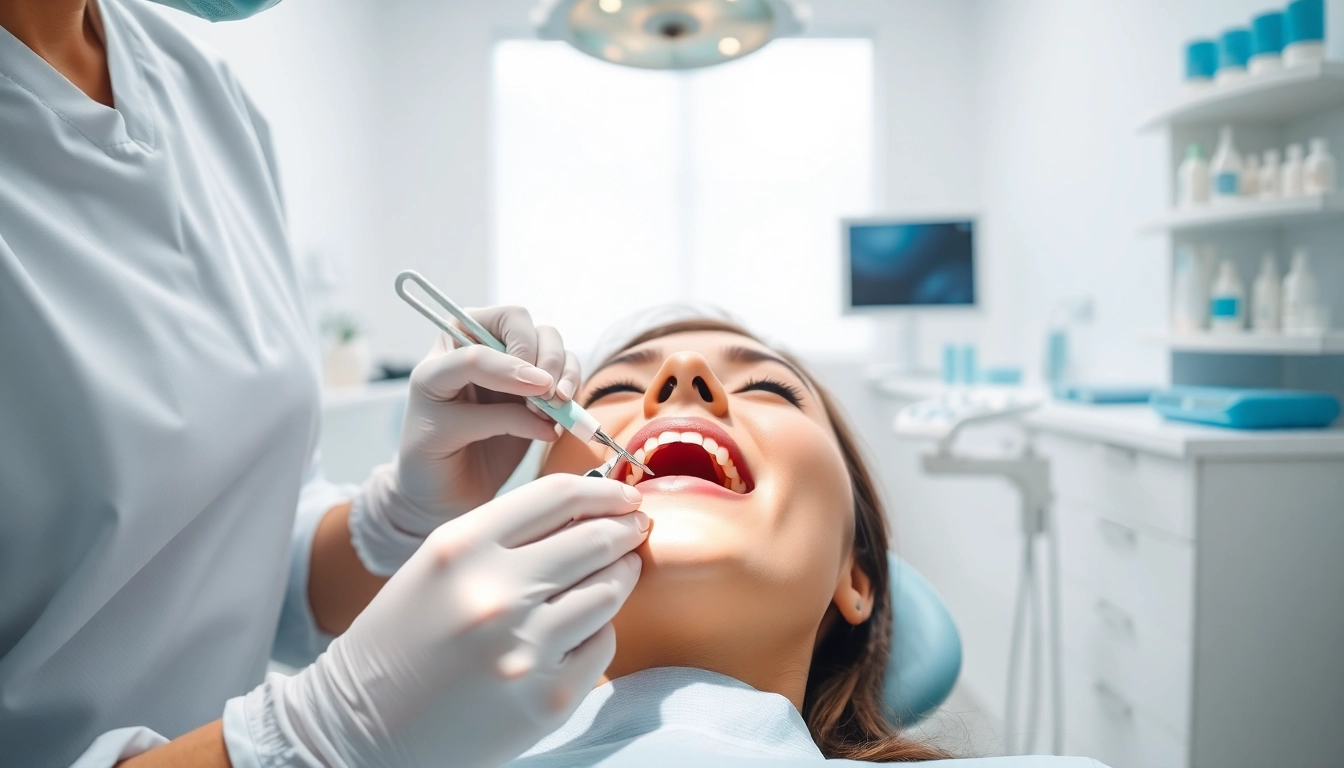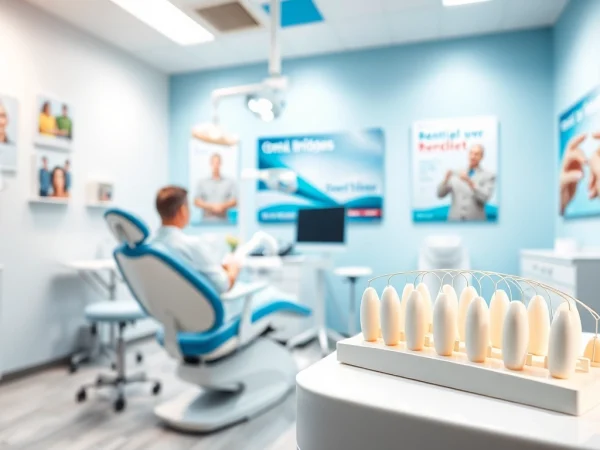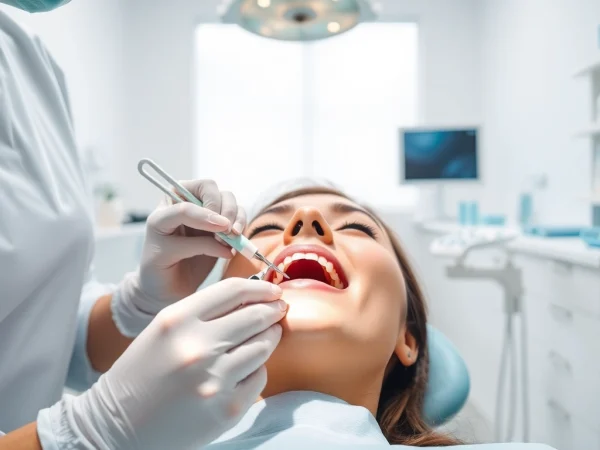Enhancing Oral Hygiene: Essential Practices for a Healthy Smile
Understanding Hygiene: Definition and Importance
What is Hygiene?
Hygiene is a broad term that encompasses a variety of practices aimed at maintaining health and preventing disease. Derived from the Greek word “hygieinos,” which translates to “health,” it refers to conditions or practices conducive to good health, primarily through cleanliness. Hygiene can be applied to various domains, including personal habits, environmental cleanliness, food safety, and workplace conditions.
In essence, hygiene involves behaviors such as showering, handwashing, oral care, and ensuring safe food preparation. These practices are essential not only for individual well-being but also for the health of the community. Negligence in hygiene can lead to the spread of diseases, making it crucial for everyone to adhere to good hygiene standards. For more information on how to incorporate proper hygiene into daily life, continue reading.
The Relationship Between Hygiene and Health
The connection between hygiene and health is undeniable. Maintaining high hygiene standards can significantly reduce the risk of infections and chronic diseases. Poor hygiene practices have been linked to outbreaks of illnesses such as gastroenteritis, respiratory infections, and more serious health issues like meningitis and hepatitis. According to the World Health Organization, washing hands with soap can reduce the incidence of diarrhea by up to 47% and respiratory infections by approximately 20%.
Additionally, cleanliness in healthcare settings is vital to prevent hospital-acquired infections, which pose a significant health risk. In other environments, such as schools and workplaces, good hygiene can lead to increased productivity, fewer sick days, and overall improved morale.
Common Misconceptions About Hygiene
Despite the widespread knowledge about hygiene, several misconceptions persist. One common myth is that hygiene is solely about personal cleanliness. While personal hygiene is fundamental, environmental hygiene also plays a critical role. This includes sanitation practices at community levels, cleanliness in public spaces, and proper waste disposal.
Another misconception is that more hygiene products mean better hygiene. Overuse of antibacterial soaps and sanitizers may lead to skin irritations and decreased efficacy over time due to antibiotic resistance. It’s vital to balance the use of hygiene products with normal cleansing methods and to understand that simple practices like handwashing can be just as effective.
Practicing Good Personal Hygiene
Steps for Effective Hand Hygiene
Hand hygiene is one of the most critical aspects of personal hygiene. Proper handwashing techniques involve the following steps:
- Wet your hands with clean, running water (warm or cold).
- Apply soap and lather well by rubbing your hands together, including the backs of your hands, between your fingers, and under your nails.
- Scrub your hands for at least 20 seconds. Need a timer? Sing “Happy Birthday” twice.
- Rinse your hands well under clean, running water.
- Dry your hands using a clean towel or air dry them.
It’s important to perform hand hygiene at crucial times, such as before eating, after using the restroom, and after coughing or sneezing. Additionally, using alcohol-based hand sanitizers can be effective when soap and water are not available.
The Role of Oral Hygiene in Overall Health
Oral hygiene is another critical aspect that contributes significantly to overall health. Regular brushing and flossing help prevent cavities, gum disease, and bad breath, but it goes beyond oral care. Poor oral hygiene has been associated with systemic health issues such as cardiovascular diseases and diabetes. Bacteria from periodontal disease can enter the bloodstream, potentially leading to heart-related conditions.
To maintain good oral hygiene, follow these steps:
- Brush your teeth at least twice a day with fluoride toothpaste.
- Floss daily to remove plaque and food particles between teeth.
- Visit your dentist regularly for check-ups and cleanings.
- Limit sugary food and drinks that can cause dental decay.
Not only does good oral hygiene prevent dental issues, it also contributes to better confidence and social interactions by ensuring fresh breath and a beautiful smile.
Common Hygiene Mistakes to Avoid
Even with the best intentions, people can fall into various hygiene traps. Here are some common mistakes to avoid:
- Skipping handwashing during flu season or after touching shared surfaces.
- Not cleaning commonly used items like phones and doorknobs that harbor germs.
- Using the same towel for extended periods without washing it.
- Ignoring pets’ hygiene, which can affect household health.
By recognizing and correcting these mistakes, individuals can substantially improve their hygiene routines and, consequently, their health outcomes.
Hygiene Practices in Different Settings
Hygiene in the Workplace
In the workplace, hygiene practices have a direct impact on employee health and productivity. Organizations should implement and encourage hygiene protocols such as:
- Providing hand sanitizers at entrances and in common areas.
- Encouraging frequent handwashing and clear personal hygiene policies.
- Regularly cleaning and sanitizing high-touch surfaces like keyboards, doorknobs, and communal tools.
- Offering training sessions on hygiene best practices, especially during flu outbreaks.
Furthermore, employers should foster an environment where employees feel comfortable staying home when ill, thus reducing the spread of germs and illnesses.
Hygiene at Home: Best Practices
Keeping a hygienic home environment is essential for family health. Best practices include:
- Regular cleaning of surfaces, especially kitchens and bathrooms.
- Washing linens and towels regularly to avoid bacterial buildup.
- Establishing a no-shoes policy indoors to reduce dirt and germs.
- Proper waste disposal and maintaining clean garbage bins.
Involving all family members in hygiene practices can also instill good habits in children that last into adulthood.
Public Hygiene Standards and Expectations
Public hygiene is a shared responsibility that impacts community health. Public spaces such as parks, schools, and restaurants must adhere to strict hygiene standards. This includes:
- Regular inspections and sanitization of public restrooms and facilities.
- Public awareness campaigns to educate citizens about hygiene practices.
- Clear signage advocating for good hygiene practices, such as handwashing after using the restroom.
When communities prioritize hygiene, there is a collective benefit, reducing disease transmission rates and fostering a healthier environment for all.
Impact of Hygiene on Mental and Physical Well-Being
How Hygiene Affects Mental Health
The impact of hygiene on mental health is often overlooked. Individuals who maintain proper hygiene often experience enhanced self-esteem and confidence. For instance, good personal hygiene helps reduce anxiety and social discomfort in situations such as job interviews or dating. Failure to maintain hygiene can lead to social withdrawal, which can exacerbate mental health issues such as depression.
Creating a self-care routine that includes hygiene practices can serve as a foundational component for overall mental well-being.
The Connection Between Hygiene and Disease Prevention
Good hygiene practices are crucial in preventing various diseases, especially infectious diseases. The CDC emphasizes the importance of hand hygiene and its role in epidemic prevention. Simple practices such as hand washing, proper sanitation, and safe food handling can significantly decrease the incidence of illnesses caused by pathogens.
Moreover, vaccination, alongside hygiene best practices, strengthens community immunity against infectious diseases, creating a safer environment for everyone.
Benefits of Maintaining Strong Hygiene Habits
The benefits of maintaining strong hygiene habits are multifaceted:
- Reduces the risk of infections and associated health complications.
- Improves mental well-being and self-confidence.
- Enhances quality of life by promoting good health.
- Contributes to a healthier community with lower disease transmission rates.
Investing time in maintaining hygiene is an investment in health and well-being, resulting in long-term benefits for individuals and society.
Implementing Hygiene Protocols in Daily Life
Creating a Personal Hygiene Routine
Establishing a personal hygiene routine is essential for ensuring that you consistently practice hygiene throughout your day. Here are steps to create an effective routine:
- Identify hygiene activities to prioritize, such as regular handwashing, daily bathing, and oral hygiene.
- Set specific times for these activities, such as morning and evening routines.
- Use reminders or timers to keep you accountable.
- Regularly reassess and adjust your routine based on your changing needs or circumstances.
Consistency is key; developing a routine encourages automatic compliance, making hygiene a natural part of your daily life.
Educating Others on Good Hygiene Practices
Education plays a significant role in promoting hygiene habits among children and adults alike. Start by leading by example and practicing good hygiene yourself. Here are some suggestions for educating others:
- Share information on the importance of hygiene through discussions and educational materials.
- Incorporate hygiene education into parent-child activities or community programs.
- Utilize media platforms, such as social media, to spread awareness and advocate for good hygiene practices.
When communities are well-informed about the importance of hygiene, a cultural shift toward better practices can occur.
Measuring the Effectiveness of Your Hygiene Efforts
It’s crucial to monitor and evaluate the effectiveness of hygiene efforts in both personal and public spheres to ensure continuous improvement. Consider the following:
- Conduct regular assessments of hygiene practices in household or workplace settings.
- Gather feedback from family members or colleagues on hygiene-related practices and improvements.
- Stay updated on public health guidelines and adjust personal practices accordingly.
Tracking changes and progress can inspire individuals to maintain high hygiene standards and encourage others to do the same.










